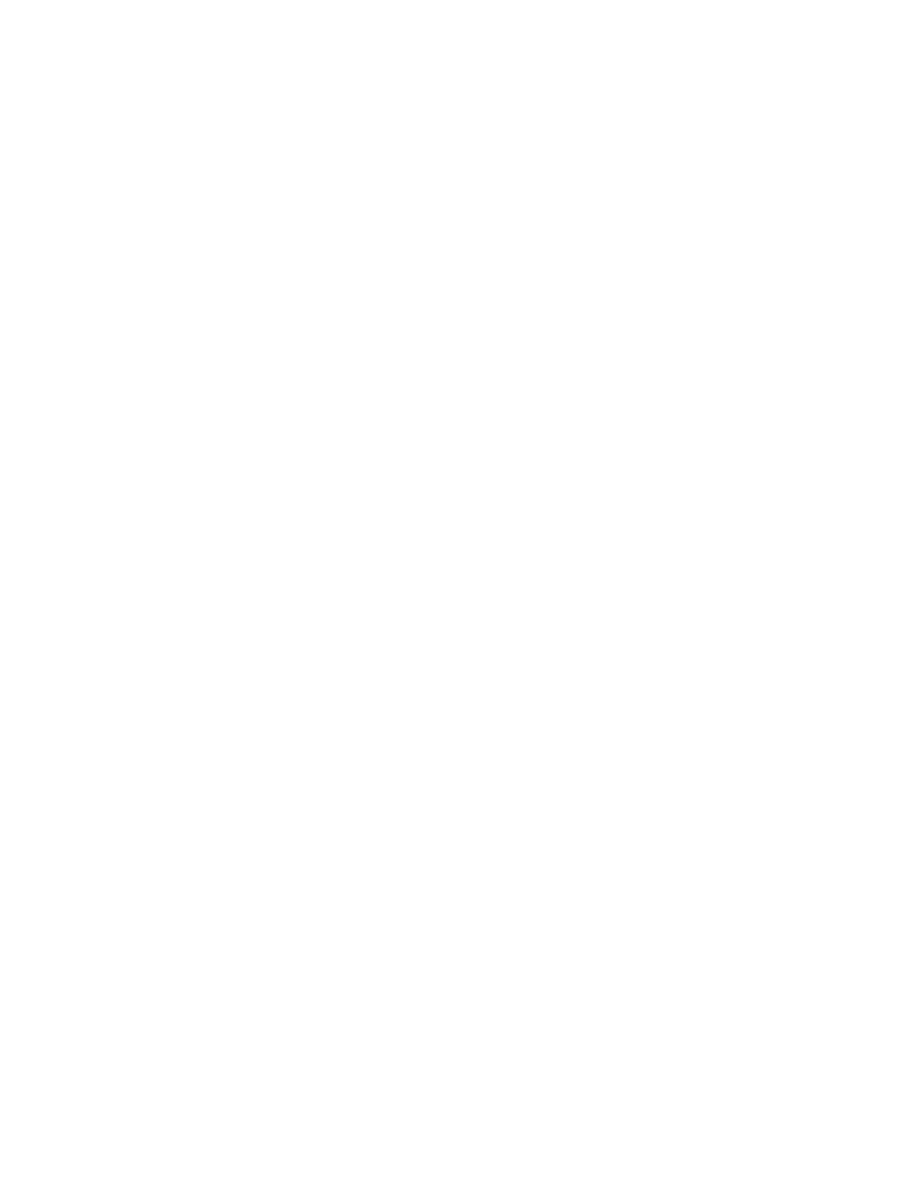
830
14 CFR Ch. I (1–1–19 Edition)
Pt. 36, App. H
X = L, and X
r
= L
r
for takeoff
X = M, and X
r
= M
r
for flyover
X = N, and X
r
= N
r
for approach
(ii) The remainder of the procedure is the
same for the sideline paths as that pre-
scribed in the paragraph (f)(1)(ii) of this sec-
tion regarding takeoff flight paths.
(g)
Duration corrections.
(1) If the measured
takeoff and approach flight paths do not con-
form to those prescribed as the corrected and
reference flight paths, respectively, under
section A36.5(d)(2) it will be necessary to
apply duration corrections to the EPNL val-
ues calculated from the measured data. Such
corrections must be calculated as follows:
(i)
Takeoff flight path.
For the takeoff path
shown in Figure H1, the correction term is
calculated using the formula—
D
2
=
¥
7.5 log (AL/AL
r
) + 10 log (V/V
r
)
which represents the correction that must be
added algebraically to the EPNL calculated
from the measured data. The lengths AL and
AL
r
are the measured and reference takeoff
distances from the noise measuring station
A to the measured and the reference takeoff
paths, respectively. A negative sign indicates
that, for the particular case of a duration
correction, the EPNL calculated from the
measured data must be reduced if the meas-
ured takeoff path is at greater altitude than
the reference takeoff path.
(ii)
Level flyover flight paths.
For the level
flyover flight path, the correction term is
calculated using the formula—
D
2
=
¥
7.5 log (AM/AM
r
) + 10 log (V/V
r
)
where AM is the measured flyover distance
from the noise measuring station A to the
measured flyover path, and AM
r
is the ref-
erence distance from station A to the ref-
erence flyover path.
(iii)
Approach flight path.
For the approach
path shown in Figure H3, the correction
term is calculated using the formula—
D
2
=
¥
7.5 log (AN/AN
r
) + 10 log (V/V
r
)
where AN is the measured approach distance
from the noise measuring station A to the
measured approach path, and AN
r
is the ref-
erence distance from station A to the ref-
erence approach path.
(iv)
Sideline microphones.
For the sideline
flight path, the correction term is calculated
using the formula—
D
2
=
¥
7.5 log (SX/SX
r
) + 10 log (V/V
r
)
where S is the sideline measuring station
and based upon the flight condition, the heli-
copter positions, X and X
r
, correspond to:
X = L, and X
r
= L
r
for takeoff
X = M, and X
r
= M
r
for flyover
X = N, and X
r
= N
r
for approach
(2) The adjustment procedure described in
this section shall apply to the sideline
microphones in the take-off, overflight, and
approach cases. Although the noise emission
is strongly dependent on the directivity pat-
tern, variable from one helicopter type to
another, the propagation angle
q
shall be the
same for test and reference flight paths. The
elevation angle
y
shall not be constrained
but must be determined and reported. The
certification authority shall specify the ac-
ceptable limitations on
y
. Corrections to
data obtained when these limits are exceeded
shall be applied using FAA approved proce-
dures.
PART D
—
NOISE LIMITS UNDER
§ 36.805
Section H36.301 Noise measurement, evaluation,
and calculation.
Compliance with this part of this appendix
must be shown with noise levels measured,
evaluated, and calculated as prescribed
under Parts B and C of this appendix.
Section H36.303 [Reserved]
Section H36.305 Noise levels.
(a)
Limits.
For compliance with this appen-
dix, the applicant must show by flight test
that the calculated noise levels of the heli-
copter, at the measuring points described in
section H36.305(a) of this appendix, do not ex-
ceed the following, (with appropriate inter-
polation between weights):
(1)
Stage 1
noise limits for acoustical
changes for helicopters are as follows:
(i) For takeoff, flyover, and approach cal-
culated noise levels, the noise levels of each
Stage 1 helicopter that exceed the Stage 2
noise limits plus 2 EPNdB may not, after a
change in type design, exceed the noise lev-
els created prior to the change in type de-
sign.
(ii) For takeoff, flyover, and approach cal-
culated noise levels, the noise levels of each
Stage 1 helicopter that do not exceed the
Stage 2 noise limits plus 2 EPNdB may not,
after the change in type design, exceed the
Stage 2 noise limits plus 2 EPNdB.
(2)
Stage 2
noise limits are as follows:
(i)
For takeoff calculated noise levels
—109
EPNdB for maximum takeoff weights of
176,370 pounds (80,000 kg) or more, reduced by
3.01 EPNdB per halving of the weight down
to 89 EPNdB, after which the limit is con-
stant.
(ii)
For flyover calculated noise levels
—108
EPNdB for maximum weights of 176,370
pounds (80,000 kg) or more, reduced by 3.01
EPNdB per halving of the weight down to 88
EPNdB, after which the limit is constant.
(iii)
For approach calculated noise levels
—110
EPNdB for maximum weights of 176,370
pounds (80,000 kg) or more, reduced by 3.01
EPNdB per halving of the weight down to 90
EPNdB, after which the limit is constant.
(3)
Stage 3
noise limits are as follows:
(i) For takeoff—For a helicopter having a
maximum certificated takeoff weight of
176,370 pounds (80,000 kg) or more, the noise
limit is 106 EPNdB, which decreases linearly
VerDate Sep<11>2014
12:50 Apr 30, 2019
Jkt 247046
PO 00000
Frm 00840
Fmt 8010
Sfmt 8002
Y:\SGML\247046.XXX
247046
spaschal on DSK3GDR082PROD with CFR